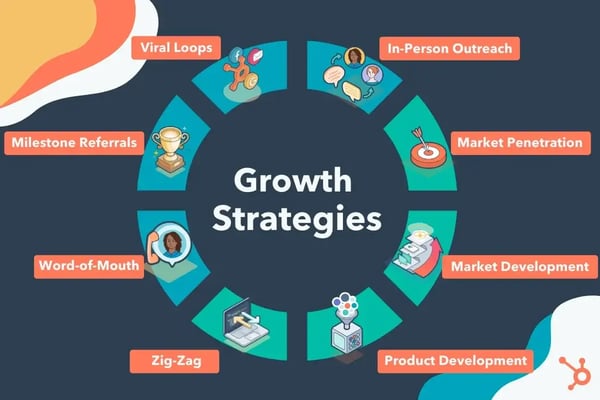SPIN Selling redefined the sales playbook when it was first introduced in 1988. Rooted in extensive research and practical insights, it has been a powerful tool in the hands of sales professionals ever since.
In an earlier post I wrote about the importance of having a sales qualification framework and covered the BANT, GPCTBA/C&I, and MEDDPICC frameworks. Now it is time for the ultimate classic.
What is SPIN selling?
SPIN is an acronym standing for S-Situation, P-Problem, I-Implications, and N-Need-Payoff - the four types of questions that is the core of Rackham's methodology. By asking these questions in the right sequence, you as a sales professional can guide the conversation, uncover the customer's needs, and position your product or service as the perfect solution.
As a sales professional I have always said it is important to have two ears and one mouth. If you want to consider using SPIN selling this is not a nice, but a need.
Let's have a look at the four types of questions you need to understand to use the SPIN methodology.
Situation Questions
These are the ice-breakers, intended to understand the customer's context and current situation. They will provide a background for the conversation, but one of the challenges is to avoid getting bogged down in details. Use this information to lay the foundation for your pitch and make sure you actually understand the situation the potential client is in.
Problem Questions
Once you understand the customer's situation, the next step is to identify their problems, challenges, or dissatisfactions that your product or service can address. The objective here is to make the customer aware of their pain points and of course position your product or service.
Implication Questions
Implication questions delve deeper into the problems identified in the previous step, highlighting the consequences or implications of not addressing them. This step magnifies the urgency and necessity for a solution, priming the customer to be receptive to your offering.
Need-Payoff Questions
The final step, need-payoff questions, encourage customers to articulate the benefits they would get from your solution. They get the customer to imagine a future where their problems are solved, making your product or service an integral part of that future.
Knowing when to ask what
Mastering SPIN Selling is not just about learning to ask the right questions but knowing when to ask them. It's about leading a natural conversation that makes the customer aware of their needs and positions your offering as the ideal solution.
It takes practice, but the results are rewarding - more closed deals and satisfied customers.
At Spring Agency, we have a set of predefined questions we use when we converse with potential clients. Some of them might be rather unusual, and I am obviously not going to reveal all of them here, but here are a few questions you might get from us:
- If you had Harry Potter's wand - how would you change your product/service?
- What would your mother do if she worked in your company?
- How many days are your average sales process?
Remember, at the end of the day, effective selling is about solving problems and adding value - and that's precisely what SPIN Selling equips you to do.
By understanding and correctly implementing the four types of SPIN questions, you can not only meet your sales targets but exceed them, forging stronger relationships with your customers in the process.
Here are examples of questions you can use at the different stages:
SPIN - Situation Question Examples:
- Can you describe your current process for [relevant task/process]?
- Who are the key stakeholders involved in this process?
- What tools or resources are you currently using for this task?
- What is your timeline for making a decision or implementing a change?
- Are there any upcoming events or changes that may impact this process or your needs?
SPIN - Problem Question Examples:
- What are some of the challenges you're experiencing with the current process?
- How does this problem impact your daily operations?
- What issues have arisen due to the current tool/resource you're using?
- Are you satisfied with your current results in this area?
- Are there areas in your current setup where you feel there is room for improvement?
SPIN - Implication Question Examples:
- What happens if the issues we discussed continue?
- How might these challenges affect your business in the long term?
- What could be the potential costs (time, financial, resources) if these problems persist?
- How do these issues affect your team's morale or productivity?
- If these problems were to escalate, what impact would it have on your customer satisfaction?
SPIN - Need-Payoff Question Examples:
- How would resolving these issues improve your process?
- What kind of value would a solution bring to your team or business?
- How would a successful solution impact your customer satisfaction?
- What would be the ideal outcome for you?
- If we could provide a solution that meets your needs, what impact would that have on your business?

David Aleksandersen
David Aleksandersen is Chief Revenue Officer at Spring Agency. He has over 25 years of experience in sales, marketing, and management, both nationally and internationally. David has a Computer Science degree from Østfold University College and is studying Digital Transformation at Oslo Met. Before joining Spring, he worked as a business advisor at MarkedsPartner, marketing manager at Dataton AB, and as CEO at Smart Simulation AS.










